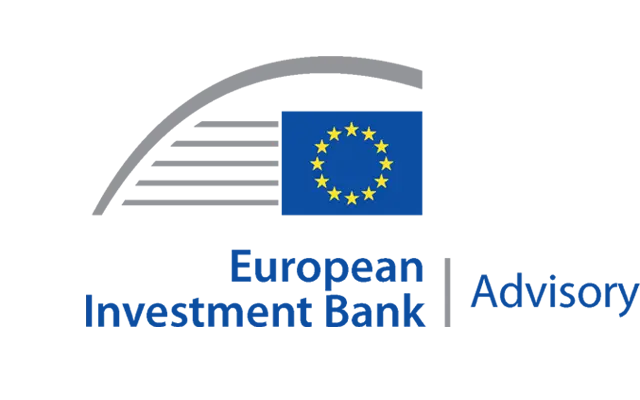Conference Financial Instruments 2014-2020 under European Structural and Investment Funds (ESIF)
Overview
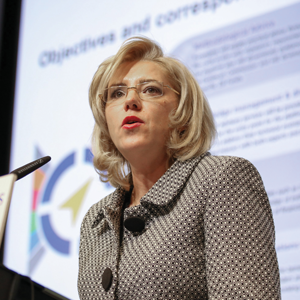
Europe-wide support for ESIF financial instruments
The partnership between the EC and the EIB, and their shared commitment to seeing an increase in ESIF Financial instruments, were addressed during the opening statements by Jyrki Katainen, Vice-President of the European Commission and Wilhelm Molterer, Vice-President of the European Investment Bank. Both leaders clearly placed ESIF financial instruments and their associated advisory services within the context of the Investment Plan for Europe and showed their determination to make the increase happen on the ground.
The European Commission’s Directors-General responsible for the five ESI funds (Walter Deffaa, DG Regional and Urban Policy; Lowri Evans, DG Maritime Affairs and Fisheries; Jerzy Bogdan Plewa, DG Agriculture and Rural Development; and Michel Servoz, DG Employment, Social Affairs and Inclusion) joined Wilhelm Molterer, Vice-President of the EIB and Marjut Santoni, Deputy Chief Executive of the EIF, to discuss how the financial instruments set up with ERDF, CF, EMFF, EAFRD, and ESF (the five ESIF) would be beneficial to jobs, growth and the EU Investment Plan. All agreed that there was a need for a paradigm shift to a wider use of financial instruments so as to leverage additional private investment and ensure revolving funds.
Closing remarks by Regional Policy Commissioner Corina Creţu on the importance of financial instruments and their ability to generate strategic and effective investments, job creation and sustainable growth wrapped up the first day on a dynamic note: “I strongly encourage Member States to double their use of financial instruments during the 2014-2020 budgetary period. In the upcoming period, we should mobilise close to 30 billion euros of investments, for financial instruments.”
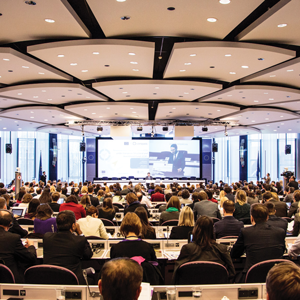
Opportunities under the new framework for ESIF financial instruments
The event also provided valuable expertise on the practical implementation of financial instruments during the 2014-2020 period. Participants were given an overview of how the new rules build on the 2007-2013 experience to now include a wider scope, and wider implementation options, for all managing authorities (MAs) of ESI funds. MAs can now choose between off the shelf instruments (pre-defined, but still flexible – the renovation loan, the risk-sharing loan and the capped guarantee, with two more in the pipeline), tailor made instruments (as in 2007-2013), direct implementation (MAs can implement loans or guarantees directly or through an intermediate body), and pooling resources by contributing programme allocations to EU level instruments (COSME, Horizon 2020) or to support SMEs on a wider scale through the "SME Initiative", which aims to increase the volume of lending to SMEs in the EU. The ESF’s new opportunities for Micro-finance were also developed for the benefits of business activity, by extending financing to help self-employment and business start-ups, pathways to integration and re-entry into employment for disadvantaged people.
For Agriculture, Rural Development and the EAFRD, the workshop showed that the history of using financial instruments is much more recent than for ERDF and ESF. It is the specific nature of each policy area which drives the need for specific products supporting financial instruments in all fields.
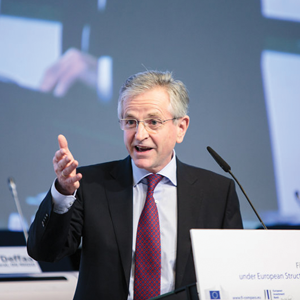
Learning from practice: case studies and pioneers
To inspire those who may have thought that it was still a little complicated, financial instrument pioneers made a point of showing how they had overcome administrative hurdles based on good partnerships, and successfully implemented financial instruments in 2007-2013. Some of the fi-compass case-studies presented were from the Ministry of Economy of the Republic of Bulgaria together with CiBank, the Entrepreneurship Promotion Fund set up by the Ministry of Social Security and Labour together with INVEGA in Lithuania, and the London Green Fund set up by the Greater London Authority in the UK.
Specific know-how and success stories were also shared and discussed in a “pioneer’s roundtable” by national and local authorities, together with academics, consultants and financial organisations from across Europe, as highlighted in this video by the City Sustainable Investment in Europe (CSI Europe) Network.
EAFRD and EMFF cases also inspired vivid discussions of how to expand the use of financial instruments under these ESI Funds, while doing justice to their specific policy objectives and target beneficiaries.
The Ex-ante assessments, now obligatory, were the focus of the last session: the EIB explained the necessary steps, which are there to ensure that there is a real need and a real impact for a financial instrument before a commitment is made.
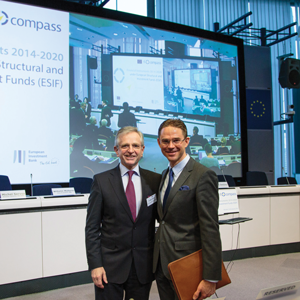
Practical support will be provided by fi-compass
The concept behind fi-compass is to deliver several forms of assistance to support a better use of financial instruments. Both the EC and the EIB provided examples of how the new platform will develop over the coming months and years. fi-compass is a unique new platform that will provide horizontal advisory services to all Member States and for all types of ESIF financial instruments. The EC provided an introduction to the Multi-region advisory assistance which will also be available. But in order to make fi-compass as relevant as possible and able to address real needs for advice, the Commission and the EIB need feedback from stakeholders!
Soon, fi-compass will become the "one stop shop” for advice to entities managing ESIF, as well as their public and private sector partners.

